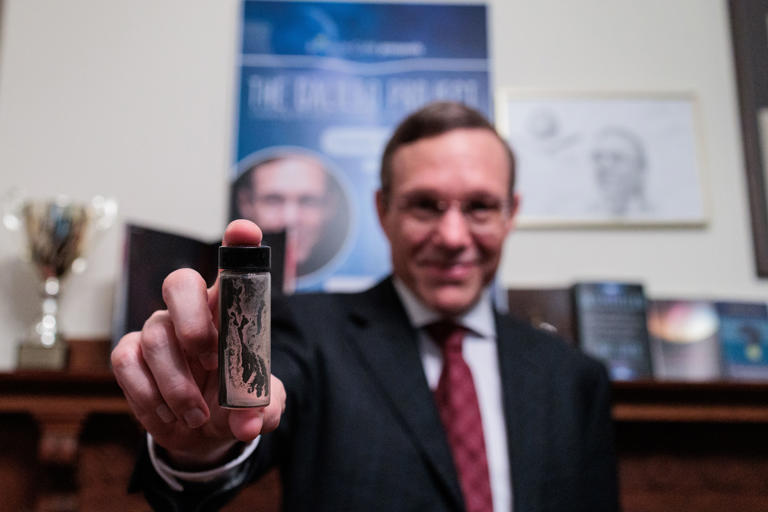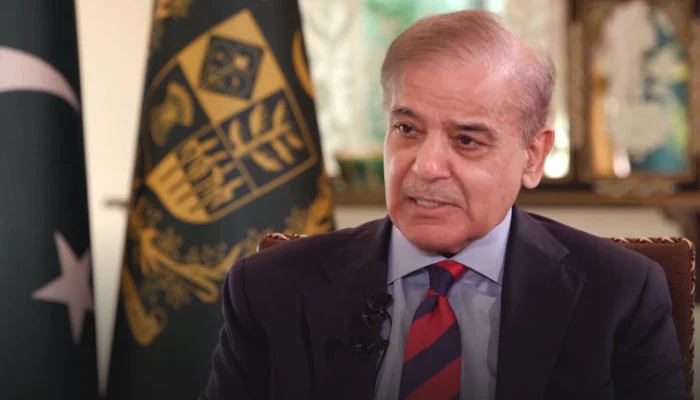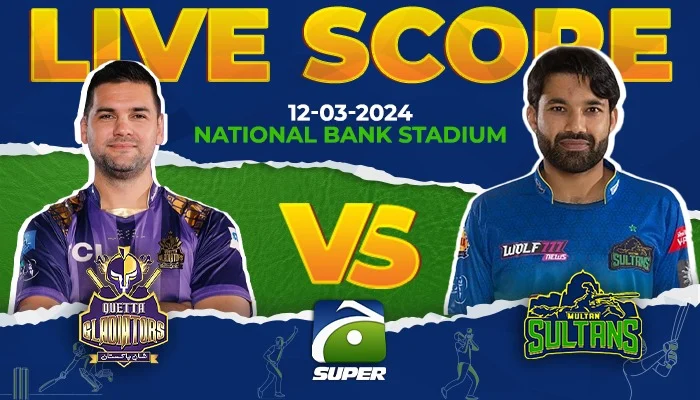Exploring the Unknown: Avi Loeb’s Epic Search for Alien Technology

Last summer, Harvard astronomer Avi Loeb embarked on a groundbreaking expedition to the Pacific seafloor, hunting for remnants of a meteor that exploded in a dazzling fireball on Jan. 8, 2014. His mission: to investigate whether the meteor’s incredible speed might be a sign of alien technology. Loeb’s team recovered hundreds of tiny blobs of molten material known as “spherules,” some of which he believed could have originated from extraterrestrial technology due to their unique chemistry.
However, a reexamination of seismic data by seismologist Benjamin Fernando suggests that Loeb might have been looking in the wrong place. The seismic signals Loeb used to pinpoint the meteor’s debris field likely came from a passing truck near the seismometer, not from the meteor exploding in the atmosphere as Loeb had assumed.
This revelation adds to the skepticism Loeb has faced from mainstream scientists regarding his claims of alien technology. Despite this, Loeb remains steadfast, citing satellite data from the US military and a three-year analysis by the United States Space Command that support his hypothesis.
Fernando’s research, to be presented at a planetary scientific conference in Houston, concludes that the material retrieved from the seafloor is “almost certainly unrelated” to the meteor. He suggests that the meteor’s extreme velocity is likely a result of a sensor measurement error and that it is more probable that the meteor originated from within our solar system.
Despite these challenges, Loeb is determined to press on with his search for evidence of alien technology. He plans to return to the Pacific in search of larger pieces of whatever splashed into the sea, once he secures sufficient funding.
Loeb’s pursuit of extraterrestrial technology has been met with skepticism from many in the scientific community, who uphold the principle that extraordinary claims require extraordinary evidence. The debate over the origins of the meteor and its debris highlights the challenges and complexities of searching for signs of alien life.
While Fernando’s research raises doubts about Loeb’s findings, the Harvard astronomer remains confident in his team’s work. He argues that the seismic data is irrelevant to the meteor’s location, as their search coordinates were primarily based on satellite data. He criticizes those who question the satellite data, suggesting that their skepticism undermines national security infrastructure and implies a lack of safety.
The controversy surrounding Loeb’s research underscores the broader debate within the scientific community about the search for extraterrestrial intelligence. As technology advances and our understanding of the universe deepens, scientists continue to explore the possibility of life beyond Earth, seeking answers to some of humanity’s most profound questions.
Despite the skepticism and challenges, Loeb remains undeterred in his quest for answers. He is committed to continuing his research and plans to return to the Pacific to search for larger pieces of the meteor debris.
For Loeb, the search for extraterrestrial technology is not just a scientific endeavor but a philosophical one. He believes that exploring the possibility of alien life forces us to confront our place in the universe and challenges our understanding of the cosmos.
As the debate over the origins of the meteor and its debris continues, Loeb’s work serves as a reminder of the importance of curiosity and exploration in advancing our understanding of the universe. Whether or not the meteor and its debris hold clues to alien technology, the quest for knowledge continues to inspire scientists and thinkers around the world.
In the face of skepticism and challenges, Avi Loeb remains resolute in his pursuit of answers about the universe’s mysteries. His work goes beyond mere scientific inquiry; it challenges us to rethink our place in the cosmos and consider the vast possibilities of what lies beyond our world.
While some may dismiss his theories as speculative, Loeb’s willingness to push boundaries and explore unconventional ideas is a testament to the spirit of scientific exploration. Whether or not his findings ultimately lead to evidence of alien technology, his work serves as a reminder of the importance of curiosity and open-mindedness in the pursuit of knowledge.
As Loeb plans his return to the Pacific to search for more clues, the scientific community eagerly awaits the outcome. Whether his findings confirm his theories or lead to new questions, one thing is certain: Avi Loeb’s quest for knowledge will continue to inspire future generations of scientists to boldly explore the unknown.
Continuing on the quest for knowledge, Avi Loeb’s unwavering determination has become a beacon for those who dare to dream beyond the confines of conventional wisdom. Despite the challenges and skepticism he has faced, Loeb remains a steadfast advocate for exploring the unknown and challenging the boundaries of scientific thought.
His work serves as a reminder that the pursuit of knowledge is not always a straightforward path. It requires courage, perseverance, and a willingness to question the status quo. Loeb’s willingness to challenge conventional thinking has sparked important conversations about the nature of our universe and our place within it.
As Loeb prepares to return to the Pacific in search of more clues, the scientific community watches with anticipation. Whether his findings ultimately lead to evidence of alien technology or not, one thing is clear: Avi Loeb’s quest for knowledge will leave a lasting impact on the field of astronomy and inspire future generations to continue pushing the boundaries of human understanding.
In the end, it is not just about finding definitive answers but about asking the right questions and embracing the unknown. Avi Loeb’s journey reminds us that the universe is full of mysteries waiting to be uncovered, and it is up to us to have the courage to explore them.





